Skaperen
TPF Noob!
- Joined
- Nov 24, 2009
- Messages
- 119
- Reaction score
- 4
- Location
- Wheeling WV USA
- Can others edit my Photos
- Photos OK to edit
I just ordered an adapter to mount Nikon lenses (leftover from my FE-2 days) on Canon EOS. I already have all the rest. This will let me do the following 10 piece setup:
Canon 7D | EF 25 II | EF 12 II | EOStoNikon | PK-13 | PK-12 | PK-11 | BR-2 | 62to52 | Nikkor 20/2.8 AiS
where the last 2 are in reverse.
I don't know how much I'll get out of the 3 adapters, but the 5 extension tubes add up to 86.5mm. This is still only 1/3 the way to the 20mm's close focus in forward, so subjects will still need to be extra close to the rear element to be in focus. This is going to need a LOT of light and be hard to focus. Or should I put my old 55/2.8 AiS macro on there, instead? I also have a 35/1.4 AiS.
Canon 7D | EF 25 II | EF 12 II | EOStoNikon | PK-13 | PK-12 | PK-11 | BR-2 | 62to52 | Nikkor 20/2.8 AiS
where the last 2 are in reverse.
I don't know how much I'll get out of the 3 adapters, but the 5 extension tubes add up to 86.5mm. This is still only 1/3 the way to the 20mm's close focus in forward, so subjects will still need to be extra close to the rear element to be in focus. This is going to need a LOT of light and be hard to focus. Or should I put my old 55/2.8 AiS macro on there, instead? I also have a 35/1.4 AiS.






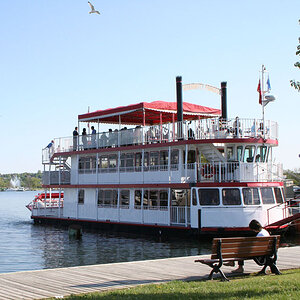
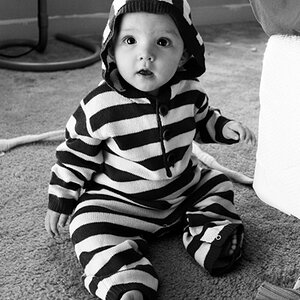
![[No title]](/data/xfmg/thumbnail/37/37092-c446ffb89610a57384a51ac5254beffd.jpg?1619737881)
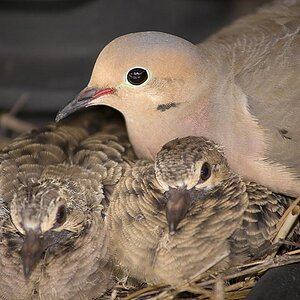
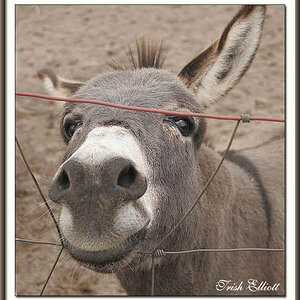
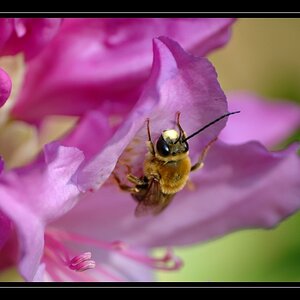
![[No title]](/data/xfmg/thumbnail/39/39446-903cfeac143cee6330a51546ecfdda92.jpg?1619739035)
![[No title]](/data/xfmg/thumbnail/32/32929-22e23acc63d6ecb25e5ee941be87121f.jpg?1619735758)
![[No title]](/data/xfmg/thumbnail/30/30995-7e48e5498fe9a56ea3d405cf87f3a1ec.jpg?1619734558)
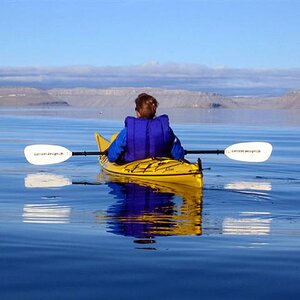

![[No title]](/data/xfmg/thumbnail/30/30994-49c5521f7b5b417f49dcd43891cbec27.jpg?1619734557)